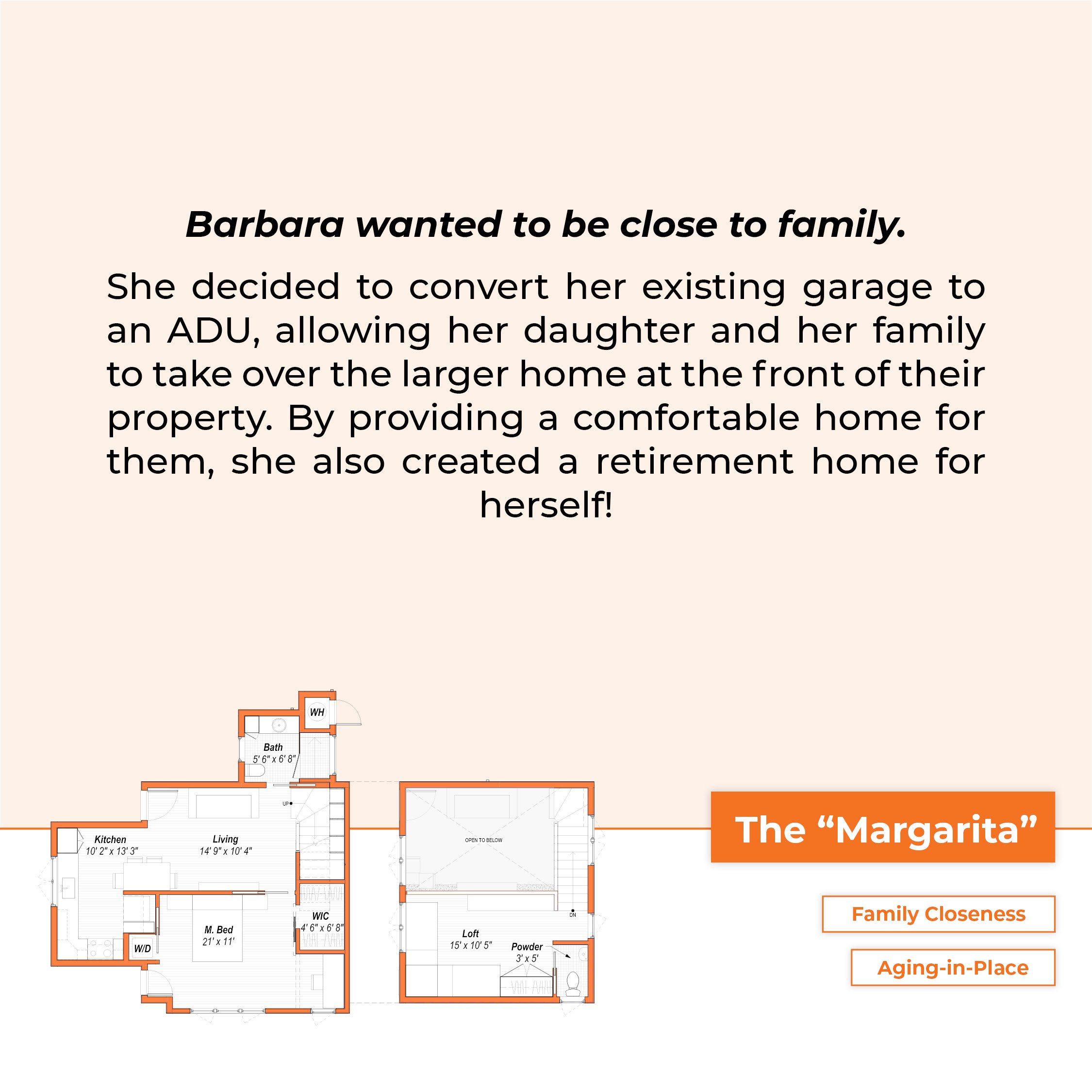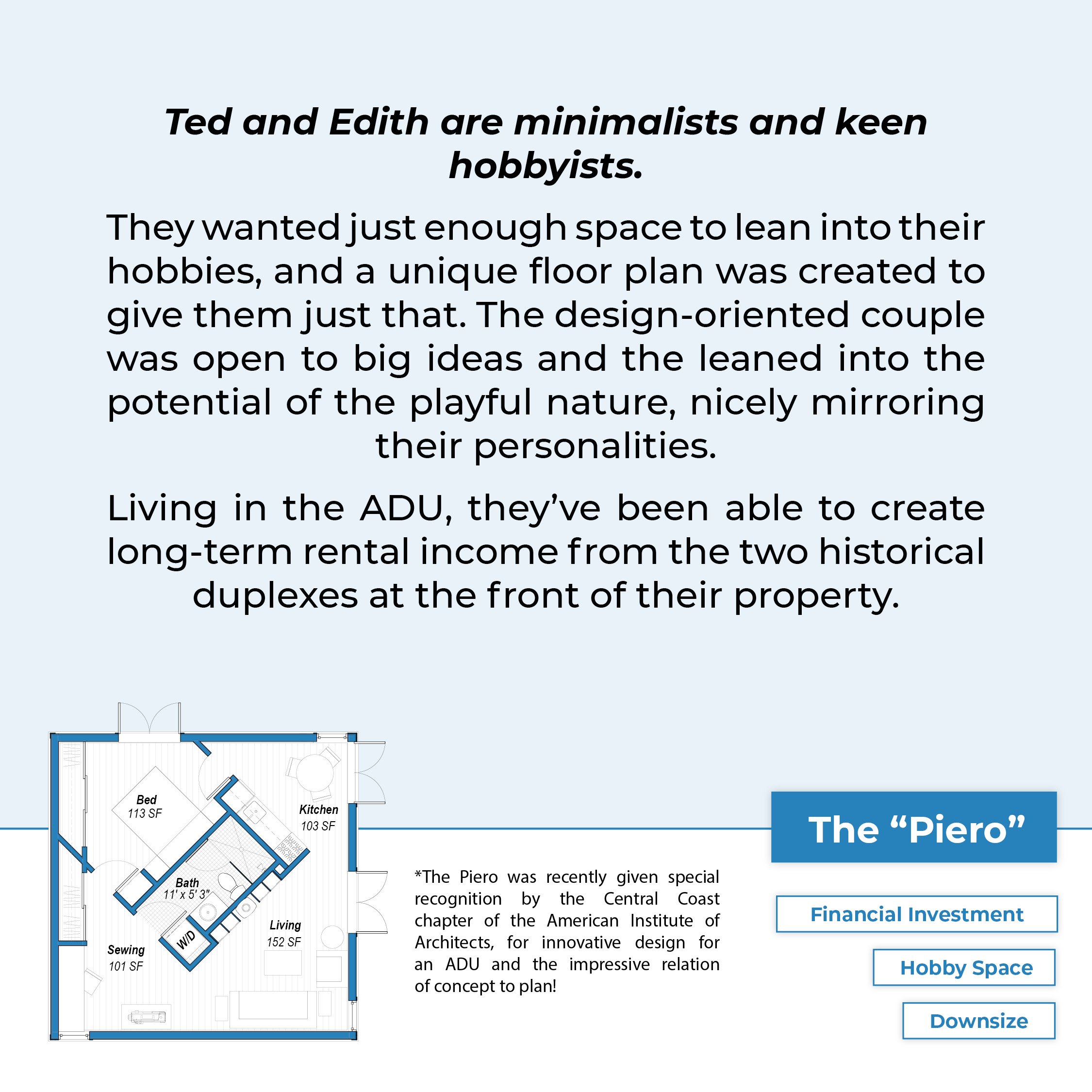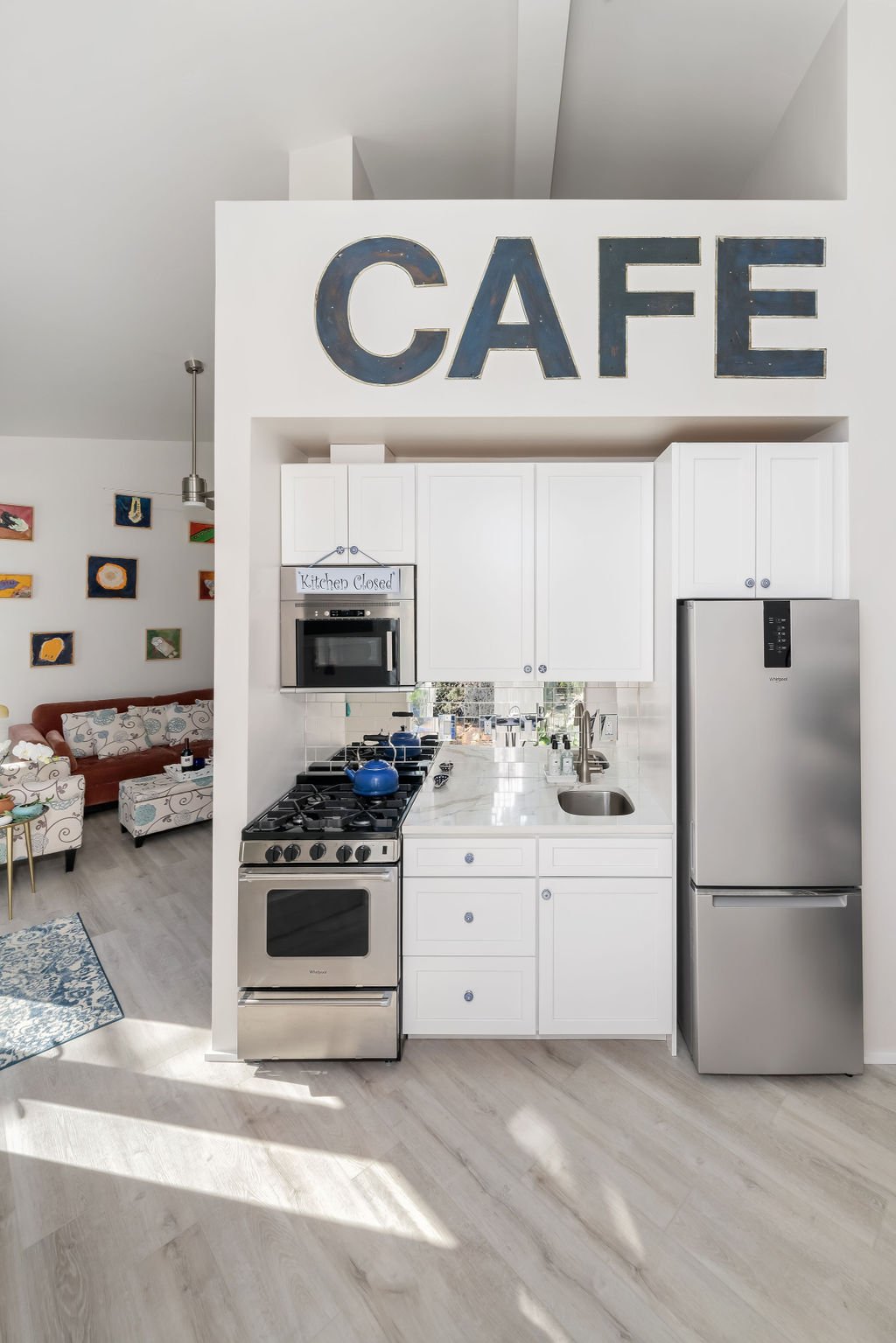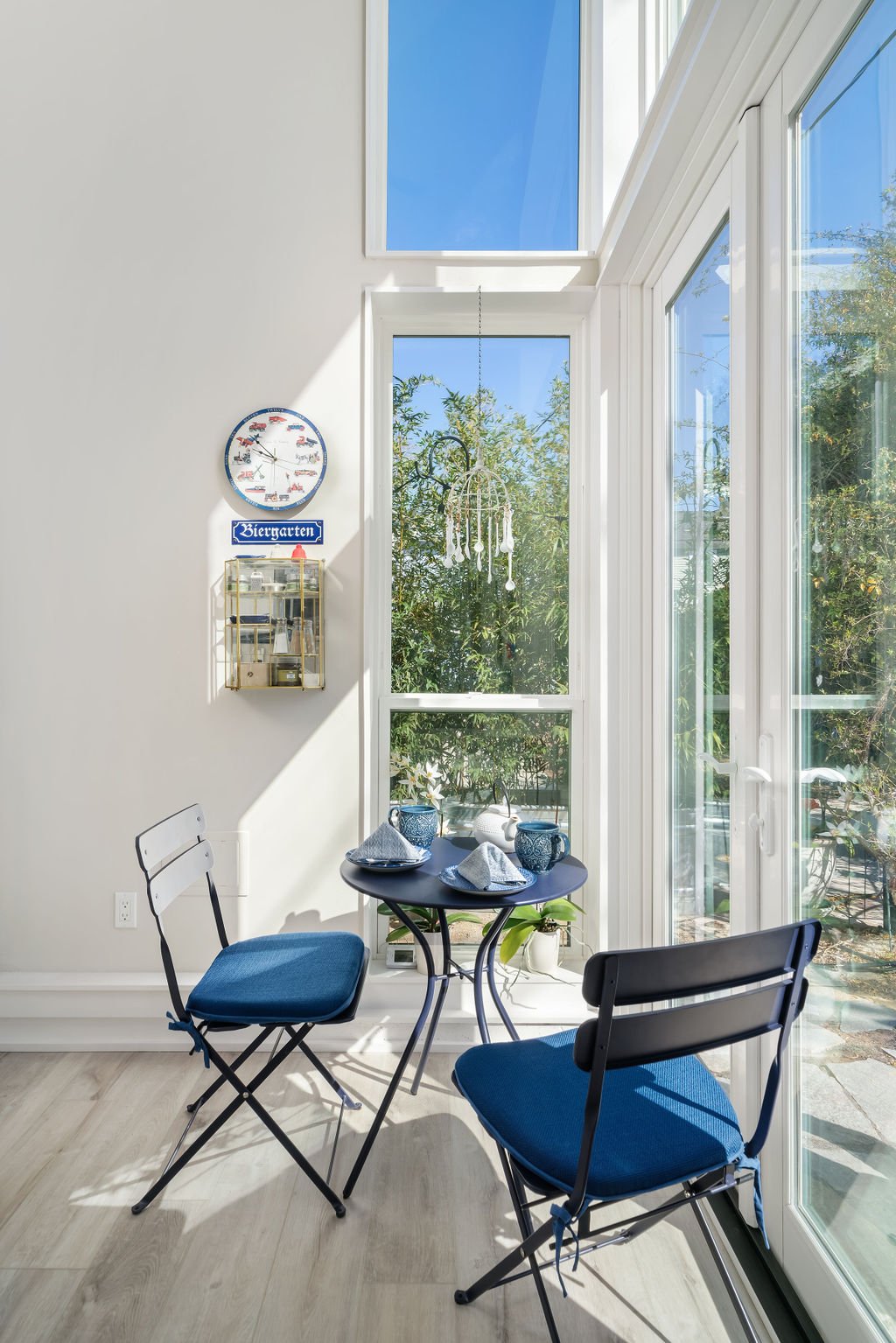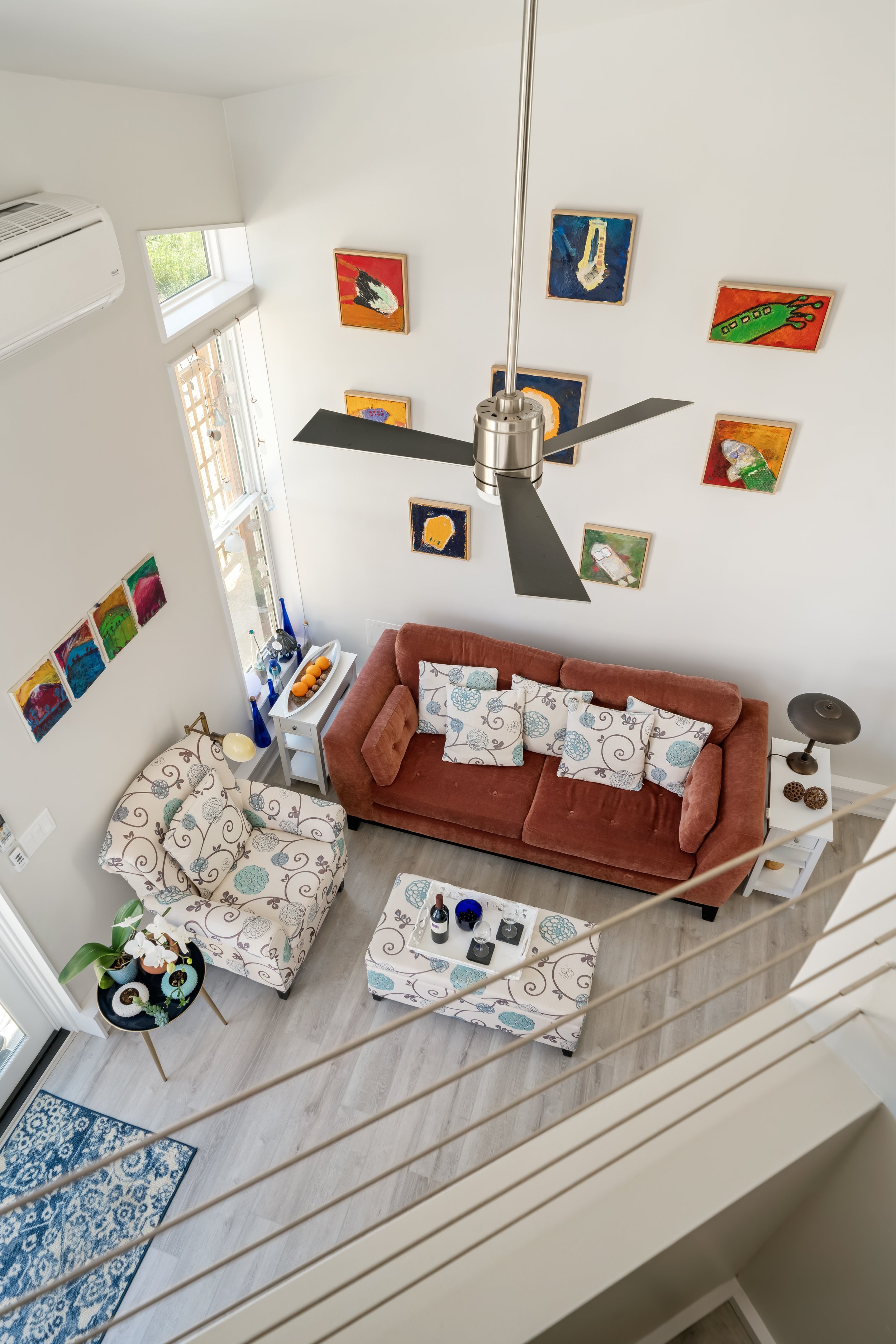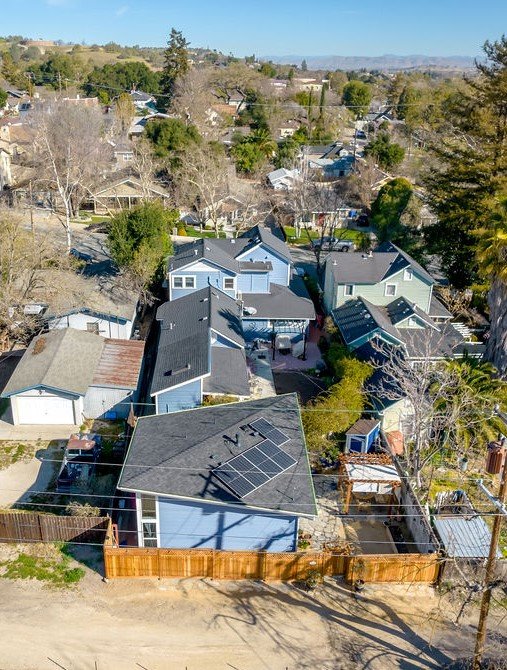The Catch Accessory dwelling Unit 101
A Guide to ADUs
Accessory Dwelling Units (ADU), are currently a hot topic in California for addressing the housing crisis, and for being hugely beneficial to homeowners. They can provide built-in financial security with a new stream of income, allow for multigenerational family living, additional work, hobbies, guest space, and so much more!
But what is an ADU? They’ve been called in-law units, backyard cottages, secondary units, tiny houses, and more, and to help you gain a greater understanding of what they are, we’ve put together this guide which we hope you find informative and clear.
As always, if you have more questions, we are always here to help - drop us an email or give us a call!
The Definitions
The Primary Residence
Before we dive into the definitions of an Accessory Dwelling Unit, let’s first discuss the “primary residence”. A primary residence/main home must first be established before an ADU can be added. With that said, if you’re building a new primary residence, the ADU can be established at the same time.
The Accessory Dwelling Unit
An independent unit with complete living facilities from the primary residence and on the same property as the primary residence. Must include bathroom, kitchen(ette), bedroom/studio.
The Types of Accessory Dwelling Units
Now that we understand the basic definition of an ADU, let’s take a look at the different types.
An ADU can be attached, detached, converted space, and/or new construction.
The Junior ADU
Complete living facilities from attached converted space from part of primary residence, e.g. master bedroom. Can be independent or internally connected to primary residence
The Rules and Regulations
Zoning
Each city/county lays out a plan to promote growth in an orderly manner while protecting public health, safety, comfort, and general welfare. The plans lay out districts, also known as zones, which define allowable uses, regulations for each use, and the approval process for each use.
Code - Setbacks
State laws have reduced the barriers that have traditionally made building such units restrictive, now giving ADUs their own unique regulatory status. Building codes are sets of local regulations that govern the design, construction, and modification of buildings and homes.
In this example of the ADU code, the setbacks are less restrictive than those of the primary residence.
Zoning & ADUs
In residential zones, California state law allows for ADUs in any single or multi-family residential zone up to 800 sqft in size, and in some cases, they may be allowed up to 1,200 sqft.
Code - Height
Local codes may or may not address ADUs, in which case statewide ADU regulations would apply.
In Paso Robles, for example, which does have an ADU ordinance, the maximum height on an attached ADU is 25 feet, or the maximum height for the underlying zone - whichever is lower.
Glossary of Terms
-
Allowable distance between the property line and a building. Elements like roof overhangs and architectural features are allowed to encroach in setbacks.
-
The total height of the building that is allowed by code. The start and stop points can vary by jurisdiction but are typically from the average natural grade to the tip of the roof. Chimneys are typically not included.
-
An existing accessory structure or existing primary structure that has passed its final inspection prior to 1/1/2020 (for conversions).
-
Short-term rental units (vacation rental such as Airbnb) with stays of 30 consecutive calendar days or less. Anything over 30 days is considered a long-term rental.
-
All construction costs including labor and materials.
-
All costs associated with design and permitting. This includes structural and civil engineering fees.
The Use Cases
Conclusion
ADUs can successfully transform, unused or under-utilized space into functional, comparatively affordable, and comfortable live, work, and play areas, supporting you with whichever stage of life you’re in. Be it retirement, needing to supplement your income, or providing a home for an aging parent or adult child.
If you need assistance researching your zone, deciding which area of your existing home a JADU could be located, or where on your property to add a detached ADU, please do not hesitate to reach out to us. We love zoning, design, research, and being of service. We’re here to help!










